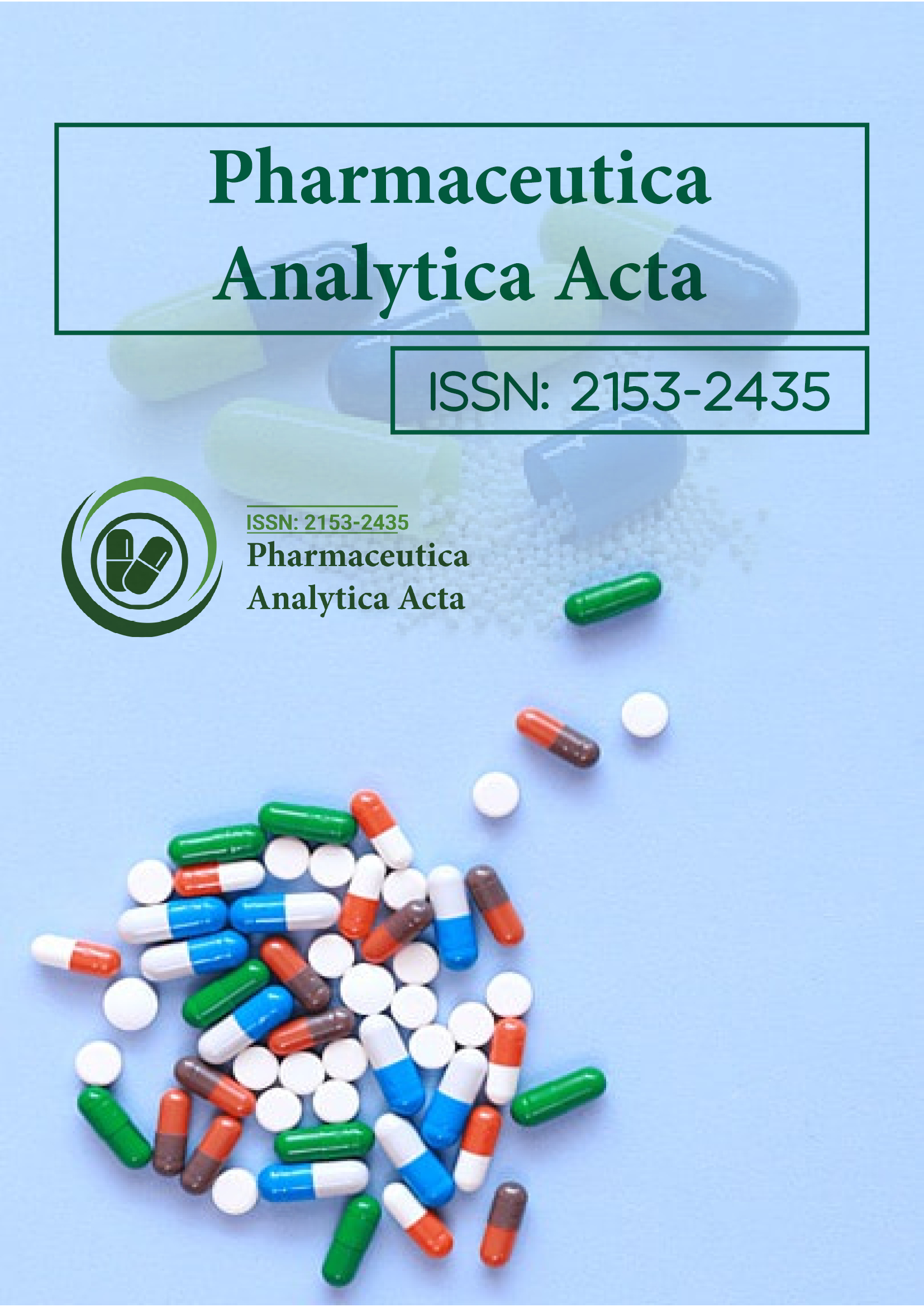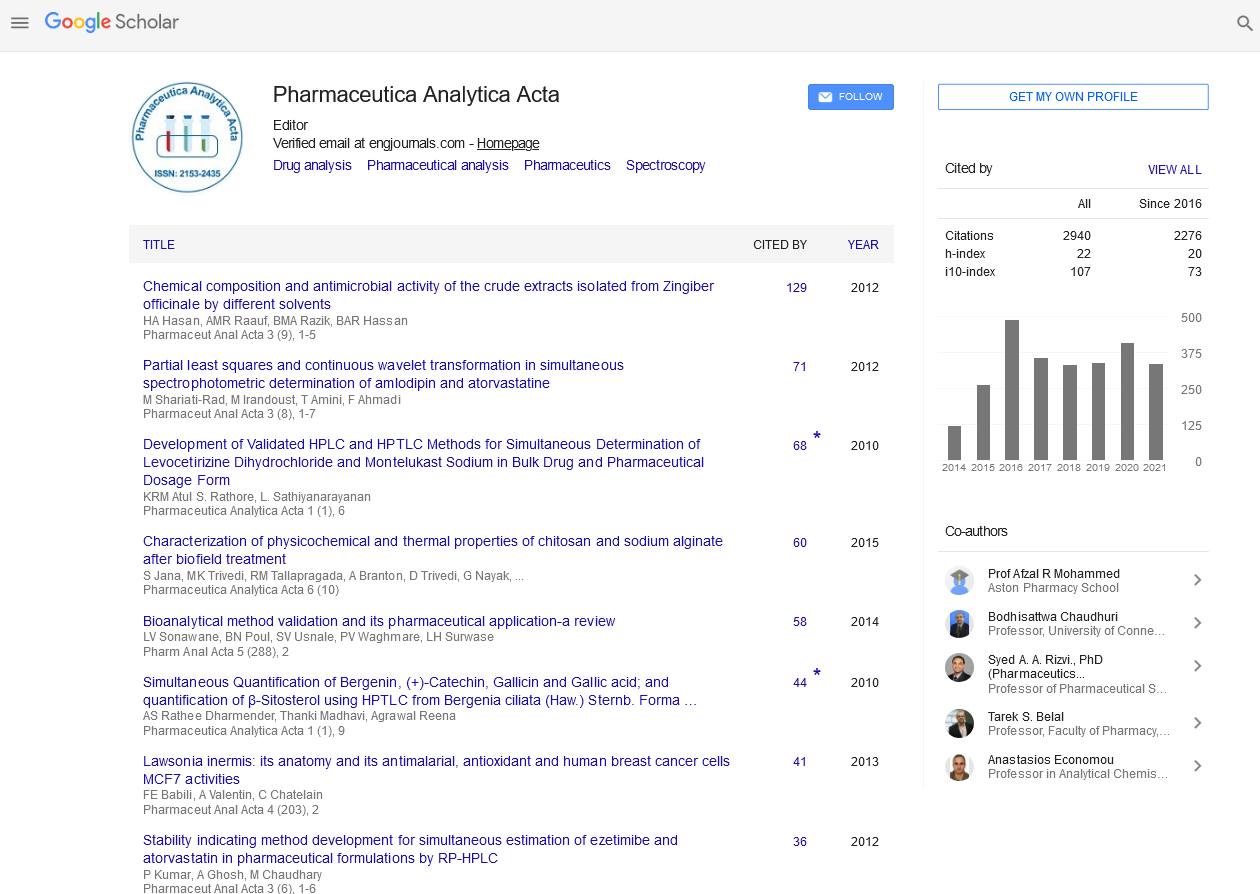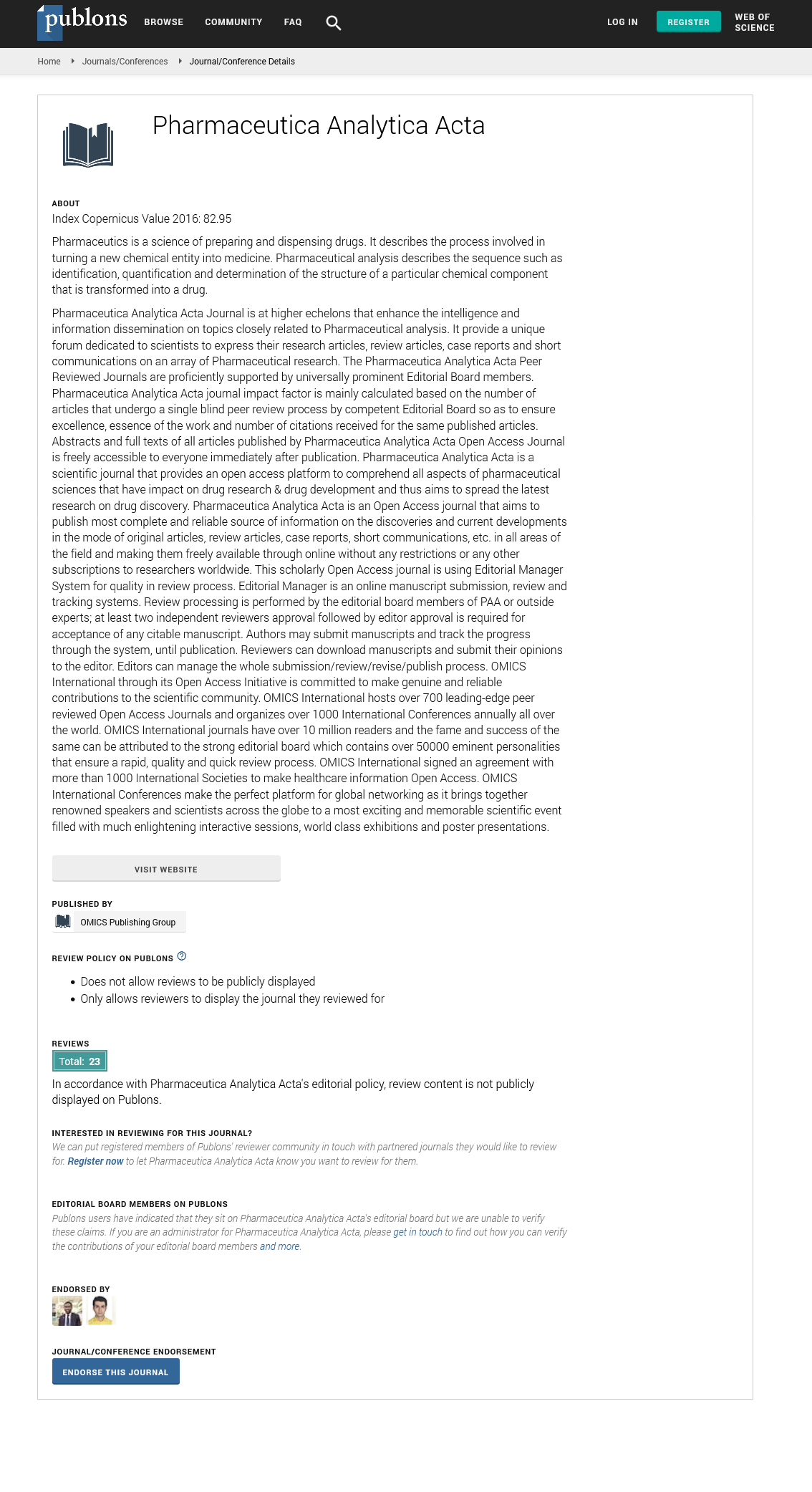Indexed In
- Open J Gate
- Genamics JournalSeek
- Academic Keys
- JournalTOCs
- The Global Impact Factor (GIF)
- China National Knowledge Infrastructure (CNKI)
- Ulrich's Periodicals Directory
- RefSeek
- Hamdard University
- EBSCO A-Z
- OCLC- WorldCat
- Publons
- Geneva Foundation for Medical Education and Research
- Euro Pub
- Google Scholar
Useful Links
Share This Page
Journal Flyer

Open Access Journals
- Agri and Aquaculture
- Biochemistry
- Bioinformatics & Systems Biology
- Business & Management
- Chemistry
- Clinical Sciences
- Engineering
- Food & Nutrition
- General Science
- Genetics & Molecular Biology
- Immunology & Microbiology
- Medical Sciences
- Neuroscience & Psychology
- Nursing & Health Care
- Pharmaceutical Sciences
Abstract
New Perspectives for the Control of Parasitic Diseases Through the Use of Photodynamic Products
Gilmar Sidnei Erzinger
Parasitic diseases such as malaria, dengue or Schistosomiasis are a plague for millions of people mainly in underdeveloped and developing countries and often prohibit the economic development of the affected areas [1- 9]. Great efforts have been made in the past to extinct or at least control these diseases by means of medical treatment, pesticides, converting wetland etc. - but with limited success. An example of this fact is the epidemic of dengue in Brazil, more specifically in the state of Rio de Janeiro and yellow fever in the center west region of Brazil. An important problem of underdeveloped areas suffering from parasitic diseases is the poverty, which cuts off the supply with material necessary for countermeasures. In the frame of this project we intend to develop methods for pest control, which are very inexpensive and non-toxic and by this are also applicable for poor regions in the world which are infested by severe tropical diseases. The method of pest control is based on the action of photodynamic substances. In contrast to previous attempts we will use inexpensive natural substances which can easily be extracted from plants, such as chlorophylls and their derivatives. Chlorophyll does not show any toxicity in humans: chlorophyll is a colorant in the food industry (E-140 ? E-141).


